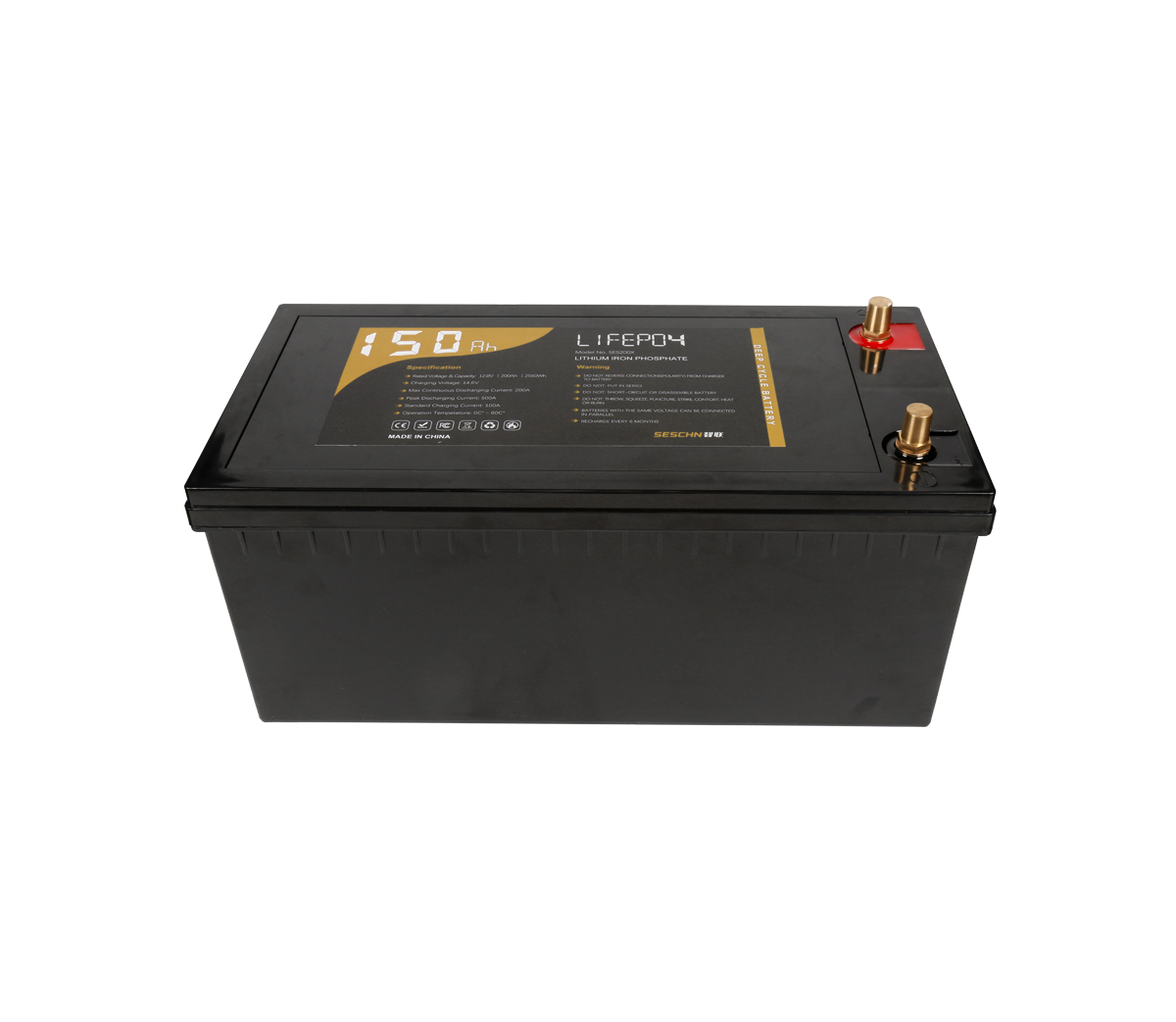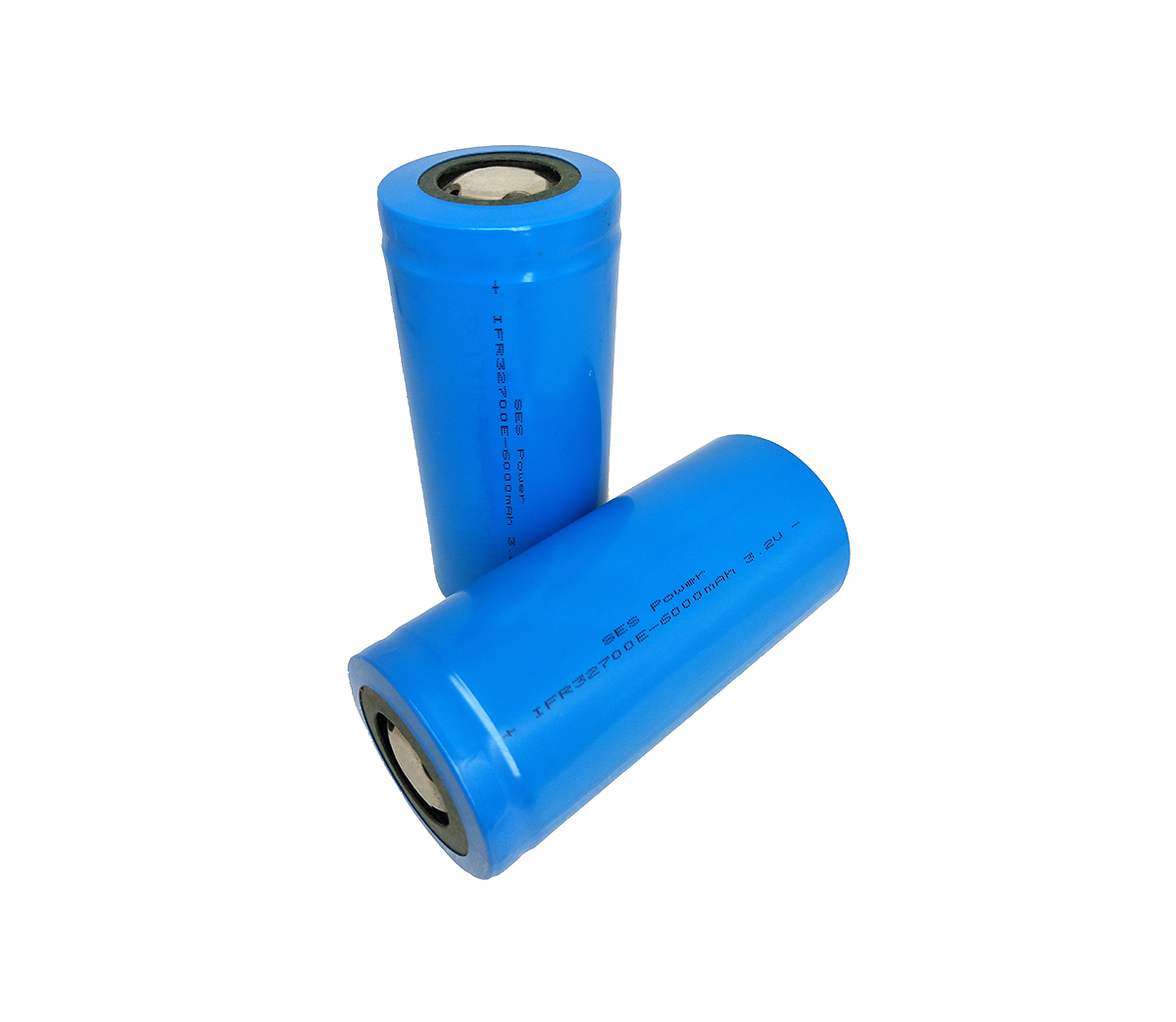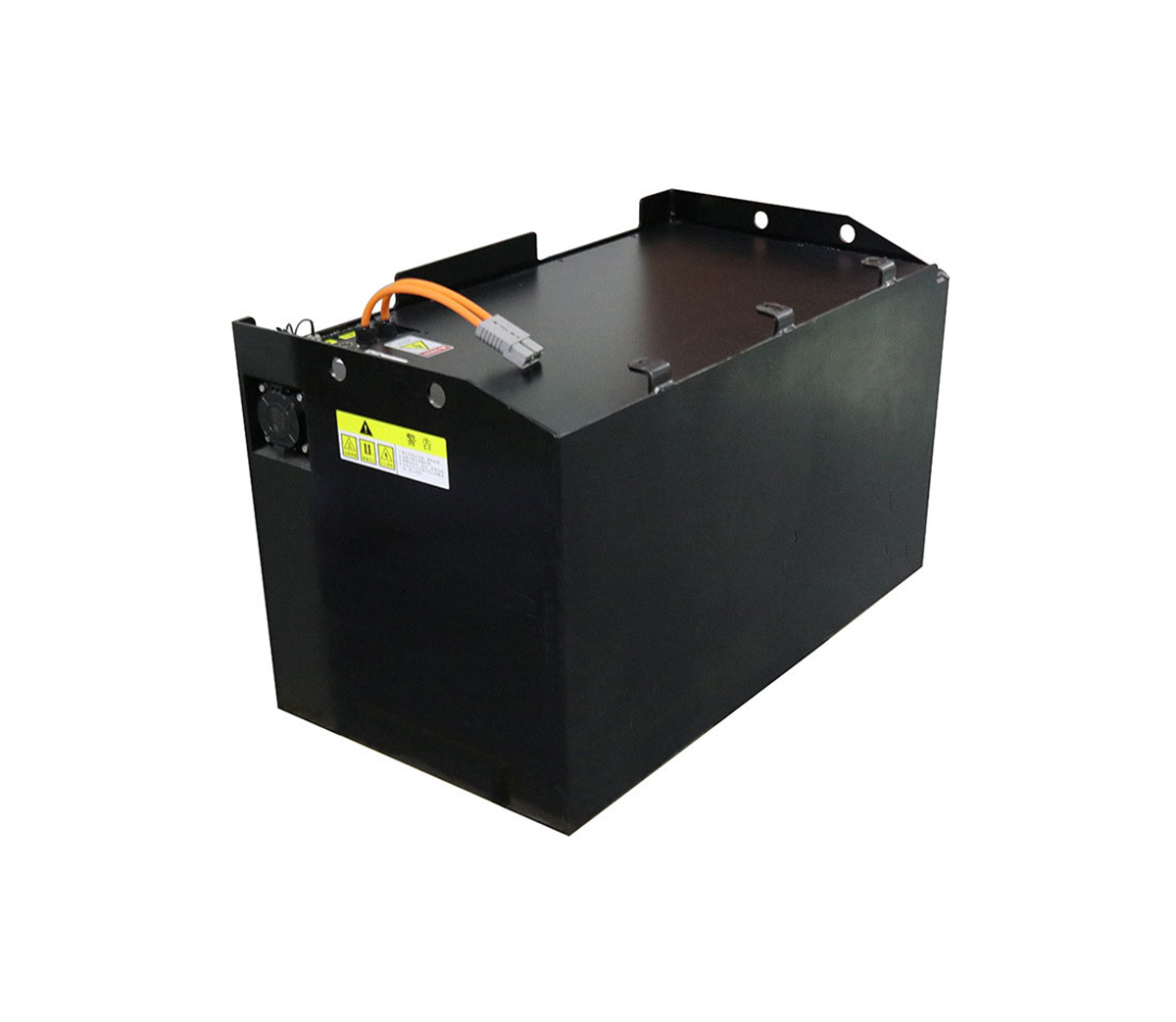
Nano-silicon particles are an earlier researched negative electrode
material, but the shortcomings of its large expansion volume effect limit its
application. The composite material prepared by compounding silicon-carbon has
reserved expansion space for the volume expansion of silicon, and at the same
time, to a certain extent, it makes up for the shortcomings of poor silicon
conductivity and unstable SEI film. It has been widely used by cell
manufacturers. Follow and apply.
Silicon is currently known as the lithium-ion anode material with the
highest specific capacity, which can reach 4200mAh/g. It should be the first
choice for lithium-ion battery anode materials, but why is it not widely used?
This is due to its own crystal structure limitation. of.
The structure of silicon is different from the layered structure of
graphite (as shown in the figure below), and its energy storage mechanism is
similar to that of metal materials. It is carried out through alloying and
dealloying with lithium ions. The charge and discharge electrode reaction can be
written as the following formula:
Si+xLi++xe-→LiXSi
Si element as the negative electrode material is the battery charge and
discharge principle as shown below:
Some clues can be seen from the figure. During charging, lithium ions
escape from the positive electrode material and intercalate into the internal
lattice of the silicon crystal, causing a great expansion (about 300%) to form a
silicon-lithium alloy. Lithium ions are released from the crystal lattice during
discharge, and a large gap is formed. Using silicon crystal alone as a negative
electrode material is prone to the following problems:
First, in the process of de-embedding, the volume of silicon crystals
changes significantly. This volume effect can easily cause the silicon anode
material to peel off from the current collector, resulting in electrochemical
corrosion and short circuit caused by the exposed foil of the pole piece. Affect
the safety and service life of the battery.
Second, silicon-carbon is an element of the same main group. SEI will also
be formed on the silicon surface during the first charge and discharge. However,
the spalling caused by the volume effect of silicon will cause repeated
destruction and reconstruction of SEI, thereby increasing the amount of lithium.
The consumption of ions ultimately affects the capacity of the battery.
So in order to learn from each other's strengths, what processes can be
used to modify and optimize silicon? Combining silicon with other substances can
achieve better results. Among them, silicon-carbon composites are one of the
most studied materials.
Carbon materials are currently the most widely used negative electrode
materials. Carbon materials can be divided into three types: soft carbon
(graphitizable carbon), graphite, and hard carbon (amorphous carbon). The charge
and discharge chemical equation can be expressed as:
Carbon anode materials have good cycle stability and excellent
conductivity, and lithium ions have no obvious influence on the layer spacing.
To a certain extent, they can buffer and adapt to the volume expansion of
silicon, so they are often used to compound with silicon.
Generally, composite materials can be divided into two categories according
to the types of carbon materials: traditional silicon-carbon composite materials
and new silicon-carbon composite materials. The traditional composite material
refers to the composite of silicon and graphite, MCMB, carbon black, etc., and
the new silicon-carbon composite material refers to the composite of silicon,
carbon nanotubes, graphene and other new carbon nanomaterials.
Silicon-carbon anode materials are mainly divided into coating type,
embedded type and molecular contact type according to the distribution of
silicon, and divided into particle type and film type according to the form, and
divided into silicon-carbon binary composite and silicon according to the type
of silicon-carbon Carbon multi-composite.
Silicon-carbon composite materials are prepared by ball milling method,
high temperature cracking method, chemical vapor deposition method, sputtering
deposition method, evaporation method and so on. The reversible capacity of the
silicon carbon anode prepared by the ball milling method can reach
500~1000mAh/g. Ball milling can promote the uniform mixing of the raw material
particles and obtain a smaller particle size. At the same time, the gap between
the particles is also conducive to the improvement of the cycle performance of
the battery. .
The high-temperature pyrolysis method is a method of obtaining Si/C
composites by cracking nano-silicon particles and organic precursors or directly
pyrolyzing organic silicon precursors. The gram capacity of silicon-carbon
composites prepared by this method is lower than that of high-energy ball
milling. Si/C composite material, but higher than graphite, about 300~700mAh/g.
This is because the electrode material prepared by the pyrolysis method contains
a large amount of non-electrochemically active substances, which reduces the
capacity of the electrode material.
"On the other hand, the silicon in the electrode material prepared by the
pyrolysis method tends to agglomerate and grow up, and is more likely to
pulverize and fail in subsequent use. In addition, there are methods such as CVD
and sputtering deposition, which have certain difficulties and are not commonly
used in production, so they will not be listed one by one.
Nano-silicon particles are an earlier researched negative electrode
material, but the shortcomings of its large expansion volume effect limit its
application. The composite material prepared by compounding silicon-carbon has
reserved expansion space for the volume expansion of silicon, and at the same
time, to a certain extent, it makes up for the shortcomings of poor silicon
conductivity and unstable SEI film. It has been widely used by cell
manufacturers. Follow and apply.
The cell anode material used in the Modle3 launched by the well-known
automobile manufacturer TESLA in 2016 is the silicon carbon anode material,
which accelerates from 0 to 60 miles per hour (approximately 96.6 kilometers) in
only 6 seconds, and has a cruising range of 215 miles (approximately 346
kilometers). ), those who are interested can pay attention to it.



































